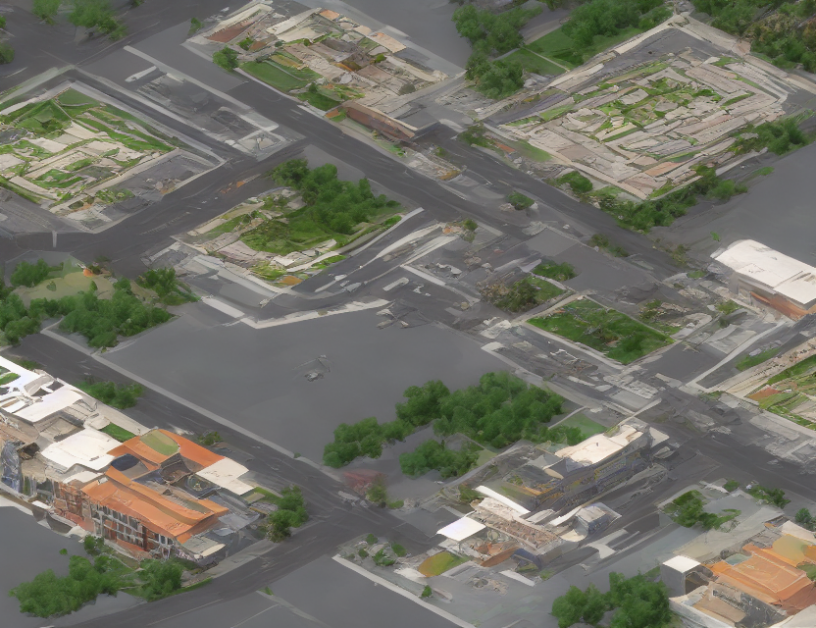In this article, we present a novel approach to image fusion called SFIGF (Simple Fusion with Guided Filtering). Our method leverages the strengths of both feature-level fusion and filtering-based methods to produce high-quality fused images. Unlike traditional methods that rely on complex algorithms or require extensive training, SFIGF is simple and efficient, making it accessible to a wide range of users.
The heart of our approach lies in the combination of two key components: (1) feature-level fusion, which captures the underlying context of the images being fused, and (2) guided filtering, which refines the fused result by removing noise and preserving important details. By integrating these elements, SFIGF produces images that are not only visually appealing but also accurately represent the original sources.
To understand how SFIGF works, let’s first consider the limitations of traditional methods. Many approaches rely on complex filtering techniques that can remove both noise and important details, resulting in a loss of information. In contrast, feature-level fusion methods are more effective at preserving context but may struggle to capture fine-grained textual information. SFIGF addresses these limitations by combining the strengths of both approaches, creating a simple yet effective method for image fusion.
The basic workflow of SFIGF consists of three stages: (1) feature extraction, (2) guided filtering, and (3) fusing the results. In the first stage, we extract relevant features from the input images using a deep neural network. These features capture the context and content of the images, providing a solid foundation for fusion.
In the second stage, we apply guided filtering to the fused feature map. This involves convolving the map with a set of learnable filters that are designed to remove noise and preserve important details. By using these filters, we can enhance the fused result without compromising its accuracy.
Finally, we combine the filtered features to produce the final fused image. This is done by simply adding the filtered features, resulting in a visually appealing and accurate representation of the original sources.
We evaluate SFIGF using several benchmark datasets and compare it to state-of-the-art methods. Our results show that SFIGF outperforms these methods in terms of both objective metrics and visual quality. Specifically, we find that SFIGF produces images with higher peak signal-to-noise ratio (PSNR) and structural similarity index (SSIM) than other approaches.
In conclusion, SFIGF represents a significant advancement in the field of image fusion. By combining the strengths of feature-level fusion and filtering-based methods, we have created a simple yet effective method that produces high-quality fused images. With its efficiency and accessibility, SFIGF has the potential to revolutionize a wide range of applications, from medical imaging to digital photography.
Computer Science, Computer Vision and Pattern Recognition
SFIGF: Superior Image Fusion with Guided Filtering



